The main purpose of this study is to evaluate the efficacy and safety of M281 in participants with warm autoimmune hemolytic anemia (wAIHA).
- Investigator
- Anita Rajasekhar
- Status
- Accepting Candidates
- Ages
- 18 Years - N/A
- Sexes
- All
Update your location to show providers, locations, and services closest to you.
Warts are small, usually painless growths on the skin. Most of the time, they are harmless. They are caused by a virus called human papillomavirus (HPV). There are more than 150 types of HPV viruses. Some types of warts are spread through sex.
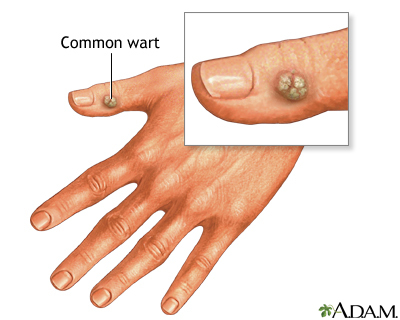
Plane juvenile warts; Periungual warts; Subungual warts; Plantar warts; Verruca; Verrucae planae juveniles; Filiform warts; Verruca vulgaris
All warts can spread from one part of your body to another. Warts can spread from person to person by contact, especially sexual contact.

Most warts are raised and have a rough surface. They may be round or oval.

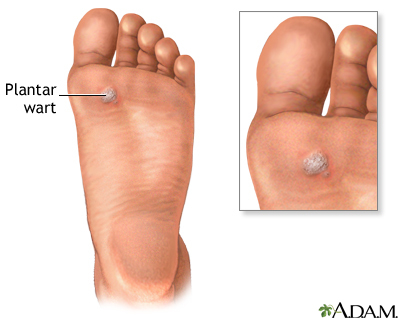
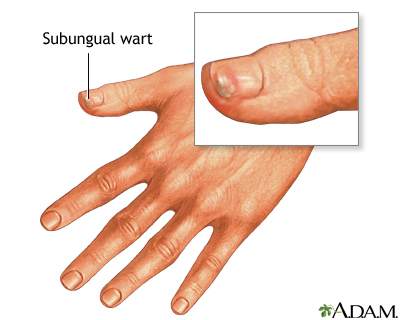
Different types of warts include:
Your health care provider will look at your skin to diagnose warts.
You may have a skin biopsy to confirm the wart is not another type of growth, such as skin cancer.
Your provider can treat a wart if you do not like how it looks or if it is painful.
DO NOT attempt to remove a wart yourself by burning, cutting, tearing, picking, or by any other method.
MEDICINES
Over-the-counter medicines are available to remove warts. Ask your provider which treatment is right for you.
DO NOT use over-the-counter wart medicines on your face or genitals. Warts in these areas need to be treated by a provider.
To use wart-removal medicine:
OTHER TREATMENTS
Special foot cushions can help ease the pain from plantar warts. You can buy these at drugstores without a prescription. Use socks. Wear shoes with plenty of room. Avoid high heels.
Your provider may need to trim away thick skin or calluses that form over warts on your foot or around nails.
Your provider may recommend the following treatments if your warts do not go away:
Genital warts are treated in a different way than most other warts.
Most often, warts are harmless growths that go away on their own within 2 years. Periungual or plantar warts are harder to cure than warts in other places. Warts can come back after treatment, even if they appear to go away. Minor scars can form after warts are removed.
Infection with certain types of HPV can increase cancer risk, most commonly cervical cancer in women. This is most common with genital warts. To decrease the risk for cervical cancer in women, a vaccine is available. Your provider can discuss this with you.
Contact your provider if:
To prevent warts:







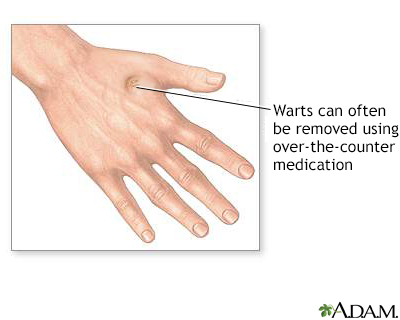
Cadilla A, Alexander KA. Human papillomaviruses. In: Cherry JD, Harrison GJ, Kaplan SL, Steinbach WJ, Hotez PJ, eds. Feigin and Cherry's Textbook of Pediatric Infectious Diseases. 8th ed. Philadelphia, PA: Elsevier; 2019:chap 155.
Dinulos JGH. Warts, herpes simplex, and other viral infections. In: Dinulos JGH, ed. Habif's Clinical Dermatology. 7th ed. Philadelphia, PA: Elsevier; 2021:chap 12.
James WD, Elston DM, Treat JR, Rosenbach MA, Neuhaus IM. Viral diseases. In: James WD, Elston DM, Treat JR, Rosenbach MA, Neuhaus IM, eds. Andrews' Diseases of the Skin: Clinical Dermatology. 13th ed. Philadelphia, PA: Elsevier; 2020:chap 19.
Kirnbauer R, Lenz P. Human papillomaviruses. In: Bolognia JL, Schaffer JV, Cerroni L, eds. Dermatology. 4th ed. Philadelphia, PA: Elsevier; 2018:chap 79.
Long MC. Warts (verrucae). In: Kellerman RD, Rakel DP, eds. Conn's Current Therapy 2022. Philadelphia, PA: Elsevier 2022:1114-1117.

UF Health research scientists make medicine better every day. They discover new ways to help people by running clinical trials. When you join a clinical trial, you can get advanced medical care. Sometimes years before it's available everywhere. You can also help make medicine better for everyone else. If you'd like to learn more about clinical trials, visit our clinical trials page. Or click one of the links below:
The main purpose of this study is to evaluate the efficacy and safety of M281 in participants with warm autoimmune hemolytic anemia (wAIHA).
The purpose of this study is to examine small vessel disease (a condition in which the small arteries in the heart become narrowed). The investigators want to know how the small vessel disease contributes to pre-HFpEF (a condition with inadequate…
The investigators want to study if lower doses of chemotherapy will help babies with SCID to achieve good immunity with less short and long-term risks of complications after transplantation. This trial identifies babies with types of immune…
This year, the University of Florida Health Cancer Center is recognizing March 4, International HPV Awareness Day, by equipping you with the information you…
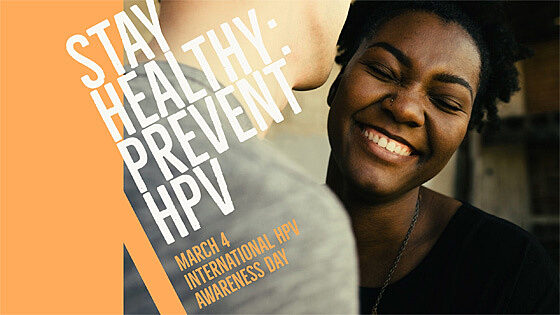
Everyone who’s ever dedicated themselves to exercise for any period of time has probably found themselves either mildly annoyed by a coach’s insistence on a proper warmup or tempted to skip it...
A battlefield drug that became a club drug is now being sold as a boutique drug, purported to relieve hard-to-treat depression. Ketamine is a dissociative anesthetic. That’s a class of psychedelic...
There’s sleep. And then there’s sleep. After head meets pillow, the kind of slumber we experience as the clock ticks away the seconds until the alarm sounds differ and are divided into four stages....